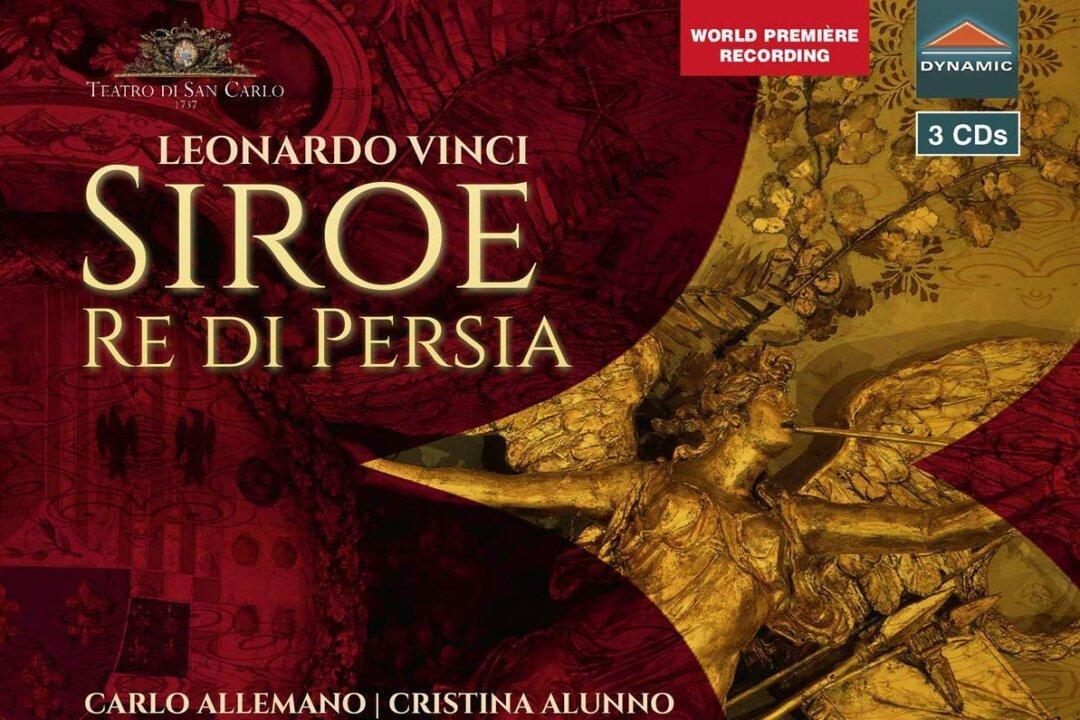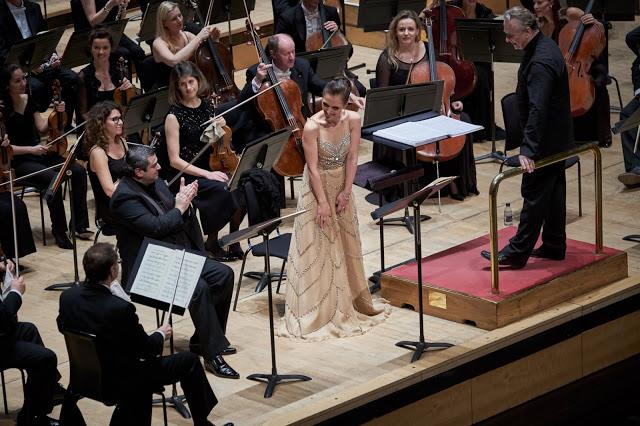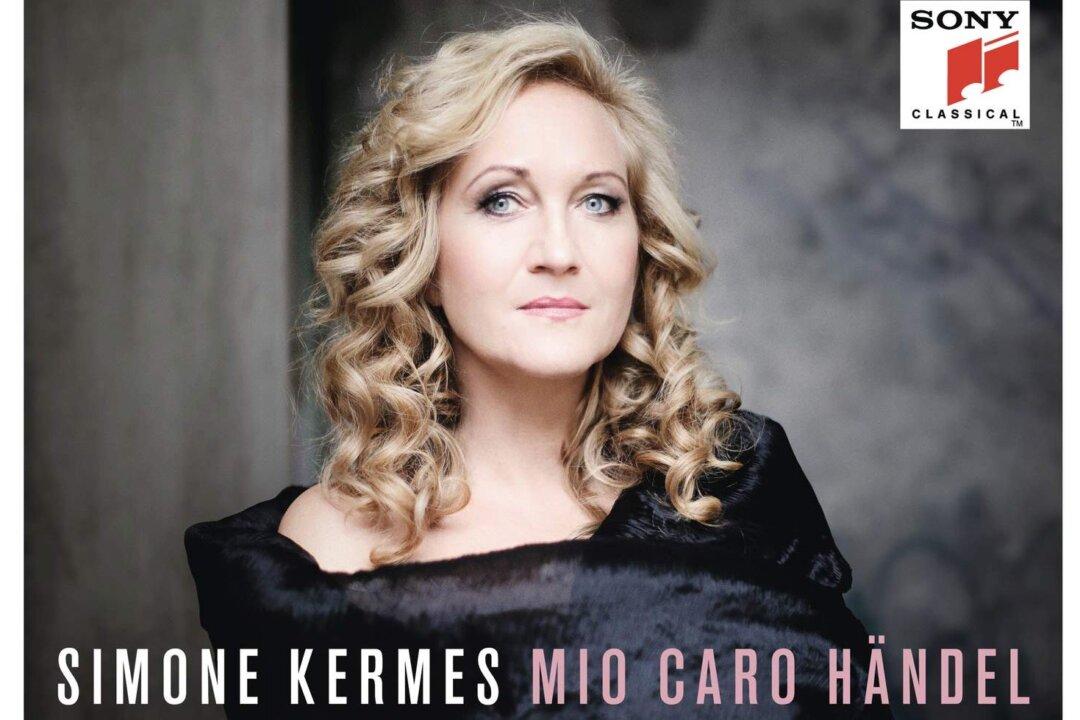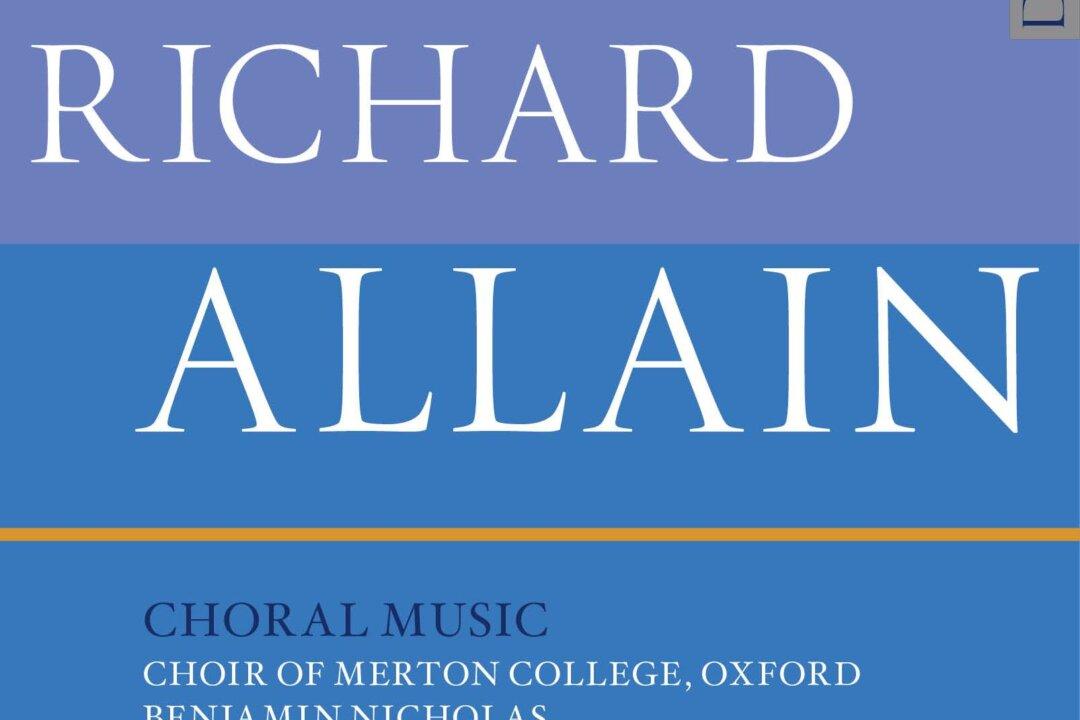Leonardo Vinci—not to be confused with the iconic painter and inventor—is one of the Italian composers from the generation following Handel who continued the art of Italian opera in Italy. It is only relatively recently that Vinci’s operas have appeared on disc, and that performers have grappled with them.
This new album from Dynamic is the first recording of Leonardo Vinci’s “Siroe, Re di Persia,” which sets a libretto by Pietro Metastasio.





